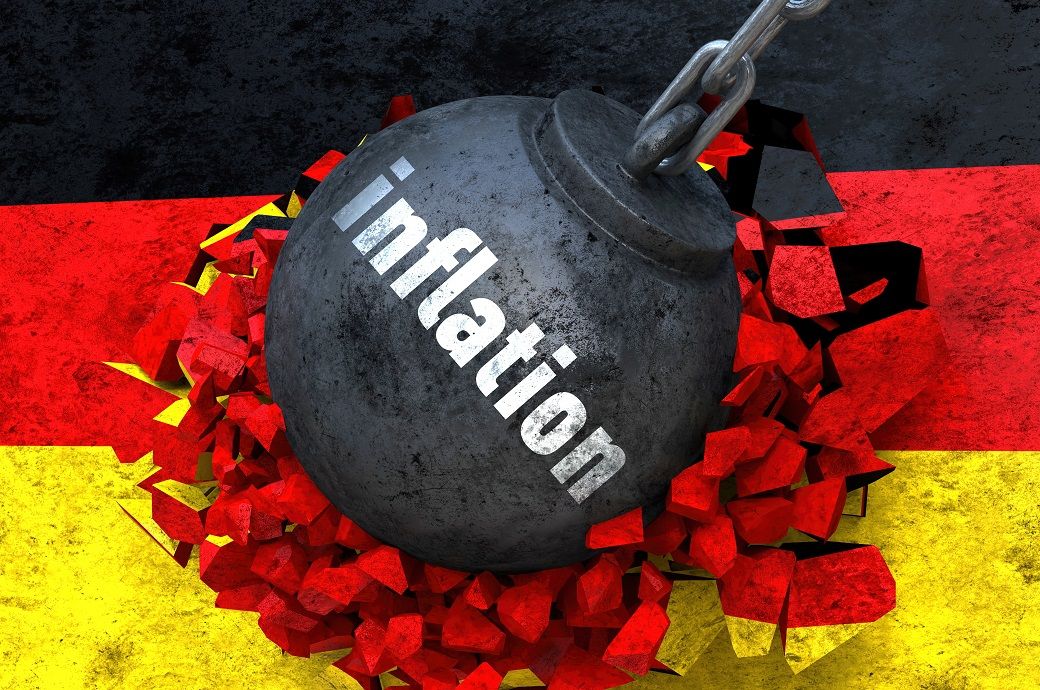The increase in prices was particularly noticeable in the energy product sector, with prices 3 per cent higher than the same period the previous year, following a 2.6 per cent increase in May 2023. The rise in energy prices has been below average since March 2023, mainly due to a base effect from the previous year. The Russian attack on Ukraine had led to significant price increases.
Germany’s year-on-year inflation increased to 6.4 per cent in June 2023, up from 6.1 per cent in May 2023, with a 0.3 per cent increase from the previous month, according to Destatis.
Higher energy prices significantly contributed to the increase.
Stripping out energy prices, the country’s inflation rate for June 2023 stood at 6.7 per cent.
Current energy price trends are also influenced by other factors, including a decline in prices at upstream stages in the economic process and the federal government’s third relief package which included measures to cap electricity and natural gas, as per Destatis.
Between June 2022 and June 2023, natural gas prices surged by 20.8 per cent, while electricity prices saw an above-average increase of 10.5 per cent.
Stripping out energy prices, the inflation rate for June 2023 stood at 6.7 per cent. When excluding both energy and food prices, the inflation rate dipped to 5.8 per cent. This core inflation figure, which stood at 5.4 per cent in May 2023, indicates that inflation also remains high in other product groups.
The prices of goods increased by 7.3 per cent in June 2023 compared to the same month the previous year. Non-durable consumer goods experienced a significant increase of 8.8 per cent, while durable consumer goods were 5.2 per cent more expensive compared to June 2022.
From May to June 2023, the consumer price index rose by 0.3 per cent. The prices of energy overall saw a slight dip of 0.2 per cent, with the costs of electricity and natural gas falling by 1.1 per cent and 1 per cent, respectively.
Fibre2Fashion News Desk (DP)





